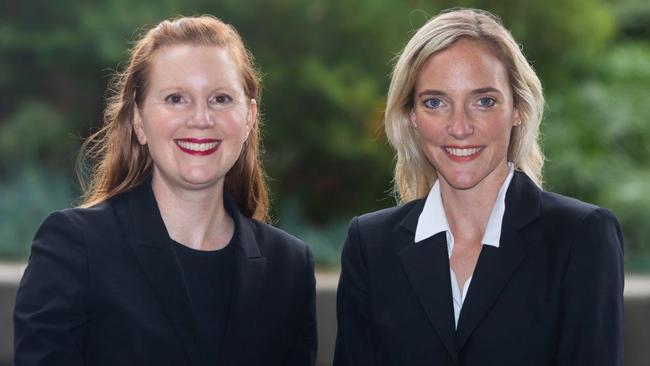Why ‘greenwashing’ businesses should be worried

Look at any product, or go to any business website, and you will see claims of recyclability, sustainability, eco-friendly, carbon-neutral, net-zero targets.
With the rapid rise of environmental consciousness in Australia and abroad, consumers and other stakeholders are more readily making purchasing and investment decisions based on the environmental characteristics of a business, product or offering.
Making environmental claims is now seen as critical to business success, but doing so comes with key risks. So-called “greenwashing” occurs when environmental or sustainability characteristics or practices are exaggerated or otherwise portrayed in a misleading way. The policy imperative against greenwashing is clear.
In addition to consumer protection considerations, according to the ACCC, businesses genuinely pursuing more sustainable products and services often incur additional production or research costs and should not be disadvantaged against competitors making false or misleading sustainability claims.
There are clear regulatory risks for companies that engage in greenwashing. Both ASIC and the ACCC have declared greenwashing to be a top enforcement priority for 2023 and are actively targeting noncompliance in the area.
Environmental activist groups and consumers are not shy to report alleged misconduct and regulatory surveillance is easier than ever. Key terms such as “sustainable” and “emissions” can be effectively searched across industries.
In March the ACCC announced it would be investigating a number of businesses after an internet sweep of more than 200 company websites found 57 per cent made concerning claims about their environmental or sustainability practices.
Regulators are willing to use their enforcement powers to combat greenwashing. This has included issuing infringement notices, and more recently, court action.
The maximum penalties for greenwashing are significant. Additional remedies include injunctions and corrective advertising. There are also various ways in which directors and officers can face personal liability for corporate greenwashing.

In a recent speech ASIC chair Joe Longo warned of the two key areas posing non-financial risks that directors need to turn their minds to: cyber resilience and the issue of greenwashing and sustainability-related disclosure. The risks go beyond regulatory action. Companies have long used Australian consumer law as a sword to prevent competitors obtaining market advantage through false advertising. The litigation funding market and the recent re-emergence of aggregate damages has also increased opportunities for, and the likelihood of, significant and costly class actions by consumers and other stakeholders.
This not only has direct consequences for insurance premiums but also brings significant risk of reputational damage, particularly where a business or brand has an environmentally progressive public profile.
So how can businesses and boards protect against these risks? The key challenge is that the legal landscape for making environmental claims is complex and nuanced. Whether a claim is unlawful will generally be assessed by reference to “misleading conduct” laws.
A court will look at what claims are made, both expressly and implicitly, and determine whether those claims can be substantiated or, in the case of claims about future matters such as net-zero targets, were made on reasonable grounds. The meaning conveyed by a claim must be considered in the full context of the circumstances in which the claim is made.
It does not matter if greenwashing is intentional – making misleading claims, inadvertently or otherwise, is enough to attract sizeable liability.
The ACCC and ASIC have published guidance to help businesses navigate the greenwashing landscape and comply with their legal obligations. The guidance provides valuable insight into areas of focus for regulators, including claims that are broad, vague, expressed in absolute terms, exaggerated and/or inadequately qualified.

However, ACCC and ASIC guidance is generally just guidance. Absent any specific regulation by the government, or more standardised and cohesive disclosure and substantiation frameworks for claims across sectors, it will ultimately be for the courts to build up a body of precedent on these issues over time. This will largely be achieved through actions brought by regulators to test the limits of the law.
Once appeals are factored in it may be some time before businesses have clarity on the greenwashing goalposts beyond existing pillars of “truth in promotion” and “clarity in communication”. In the meantime, businesses must carefully navigate the legal complexities and take into account associated risks, as well as possible benefits, of the environmental claims they make, while ensuring they have the evidence and means to substantiate their claims in advance of making them, rather than belatedly searching for supporting evidence in the face of a later challenge.
Amy Middlebrook and Ruth Dawes are partners at Baker McKenzie


The practice of making claims about environmental qualities or credentials has been well and truly integrated into the marketing of most Australian businesses.